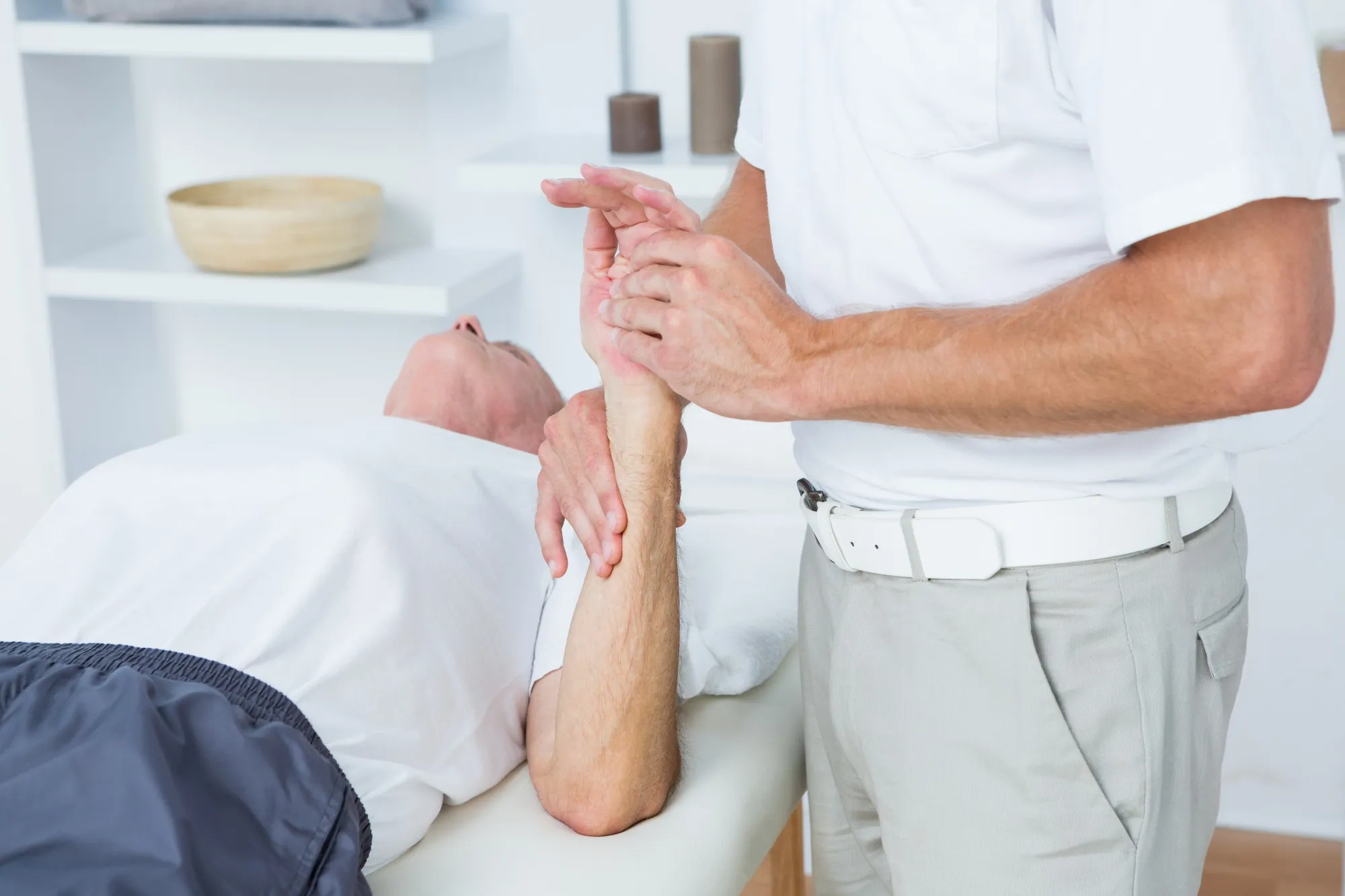A groundbreaking study published in the Journal of Ethnopharmacology reveals that an ancient Chinese herbal formula, Sanmiao Wan (SMW), exhibits significant anti-inflammatory and hypouricemic effects in a rat model of acute gouty arthritis, opening new avenues for gout treatment. This discovery, the culmination of extensive research conducted by scientists from the School of Pharmaceutical Sciences at Zhejiang Chinese Medical University, sheds light on both the traditional uses and modern pharmacological action mechanisms of SMW in fighting gouty diseases.
Gout, a form of inflammatory arthritis characterized by sudden, severe attacks of pain, swelling, redness, and tenderness in the joints, has been a medical concern for centuries. The condition stems from elevated levels of uric acid in the blood, leading to the formation of urate crystals within the joints. While contemporary medicine has approached gout treatment with various pharmaceutical agents, traditional Chinese medicine (TCM) has employed herbal formulas such as SMW since the Yuan Dynasty to alleviate symptoms and treat the underlying causes.
The study, led by Wang Xiaoqian and a team of experts from the Zhejiang Chinese Medical University, demonstrates that SMW has significant therapeutic effects on acute gouty arthritis through numerous biomolecular pathways. The research, with the DOI: 10.1016/j.jep.2024.117764, meticulously catalogs the outcomes of administering SMW to rats induced with monosodium urate (MSU) suspension to replicate acute gouty arthritis.
After treatment, the inflammation in rats was assessed by measuring the ankle diameter, displaying notable reduction following SMW administration. Pathological evaluations of synovial tissue via hematoxylin and eosin (HE), Masson, and picrosirius red staining found improvements akin to repairing the damage caused by arthritis. Importantly, the study also utilized ELISA kits to measure the level of pro-inflammatory cytokine IL-6, revealing a significant suppression post SMW treatment. This cytokine plays a key role in chronic inflammation and its attenuation speaks volumes towards the anti-inflammatory potential of SMW.
Moreover, sophistication in the research methods was evident as standard diagnostic kits measured the blood levels of urea nitrogen (BUN), creatinine (CR), uric acid (UA), and the activity of the enzyme xanthine oxidase (XOD), involved in purine metabolism and uric acid production. Notably, levels of UA, BUN, and CR were substantially decreased, and a remarkable reduction in XOD activity was observed in rats following SMW treatment.
The study also employed flow cytometry to assess the percentage of Th17 cells in blood samples, whose reduction is indicative of an anti-inflammatory response. Furthermore, RT-qPCR was ingeniously used to examine the mRNA expression levels of receptor activator of nuclear factor kappa-Β ligand (RANKL), retinoic acid receptor-related orphan receptor gamma t (RORγt), RANK, and signal transducer and activator of transcription 3 (STAT3) in the synovial tissue. These molecular intermediates are critical in the progression of inflammatory responses and bone erosion in arthritis. Shoeing consistency, researchers also demonstrated the suppression of STAT3 through immunofluorescence assays.
References
1. Wang, X., Sheng, Y., Guan, J., Zhang, F., & Lou, C. (2024). Sanmiao wan alleviates inflammation and exhibits hypouricemic effect in an acute gouty arthritis rat model. Journal of Ethnopharmacology, 324, 117764. https://doi.org/10.1016/j.jep.2024.117764
2. Neogi, T. (2021). Gout. New England Journal of Medicine, 384(13), 1263-1274. https://doi.org/10.1056/NEJMra2020352
3. Martinon, F., & Glimcher, L. H. (2006). Gout: new insights into an old disease. Journal of Clinical Investigation, 116(8), 2073-2075. https://doi.org/10.1172/JCI29174
4. Singh, J. A., Reddy, S. G., & Kundukulam, J. (2011). Risk factors for gout and prevention: a systematic review of the literature. Current Opinion in Rheumatology, 23(2), 192-202. https://doi.org/10.1097/BOR.0b013e3283438e13
5. Yang, Z., & Shen, P. (2019). Traditional Chinese Medicine for Acute Gouty Arthritis: An Overview of Systematic Review. Pain Research and Management, 2019, 1-10. https://doi.org/10.1155/2019/9792825
In summary, this landmark study indisputably underscores the efficacy of SMW as a potent therapy for gouty arthritis. Not only does it provide a modern scientific basis for the traditional usage of SMW in treating gout, but it also opens the door to the development of new TCM-inspired treatments. The authors declare no competing interests, suggesting an unbiased approach in delivering these critical findings to the scientific community.
Keywords
1. Sanmiao Wan gout
2. Chinese herbal remedy arthritis
3. Anti-inflammatory TCM
4. Hypouricemic agents
5. Acute gouty arthritis treatment
Using the meticulously gathered and analyzed data, the authors, headed by the respected scholars at Zhejiang Chinese Medical University, position Sanmiao Wan as an effective treatment for gout that bridges ancient wisdom with contemporary scientific methodologies. This comprehensive study thus not only advances our understanding of TCM in modern therapeutic contexts but also sheds promising light on holistic approaches to inflammatory diseases such as gouty arthritis. This research, supported by the Journal’s robust impact factor and peer-reviewed credibility, may well herald a significant shift in the management of gout, steering towards integrative medicine that honors historical practices with the precision of modern science.
